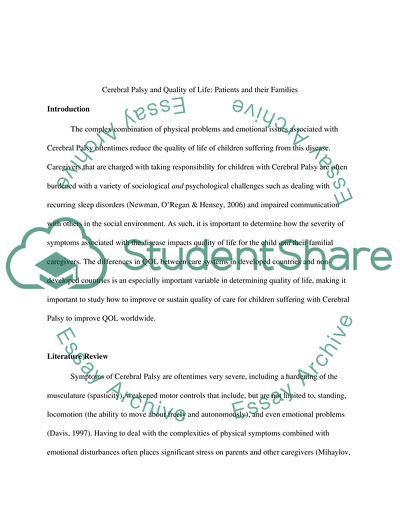Cite this document
(Cerebral Palsy and Quality of Life Literature review - 1, n.d.)
Cerebral Palsy and Quality of Life Literature review - 1. https://studentshare.org/psychology/1800883-cerebral-palsy
Cerebral Palsy and Quality of Life Literature review - 1. https://studentshare.org/psychology/1800883-cerebral-palsy
(Cerebral Palsy and Quality of Life Literature Review - 1)
Cerebral Palsy and Quality of Life Literature Review - 1. https://studentshare.org/psychology/1800883-cerebral-palsy.
Cerebral Palsy and Quality of Life Literature Review - 1. https://studentshare.org/psychology/1800883-cerebral-palsy.
“Cerebral Palsy and Quality of Life Literature Review - 1”. https://studentshare.org/psychology/1800883-cerebral-palsy.


